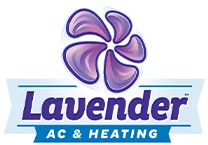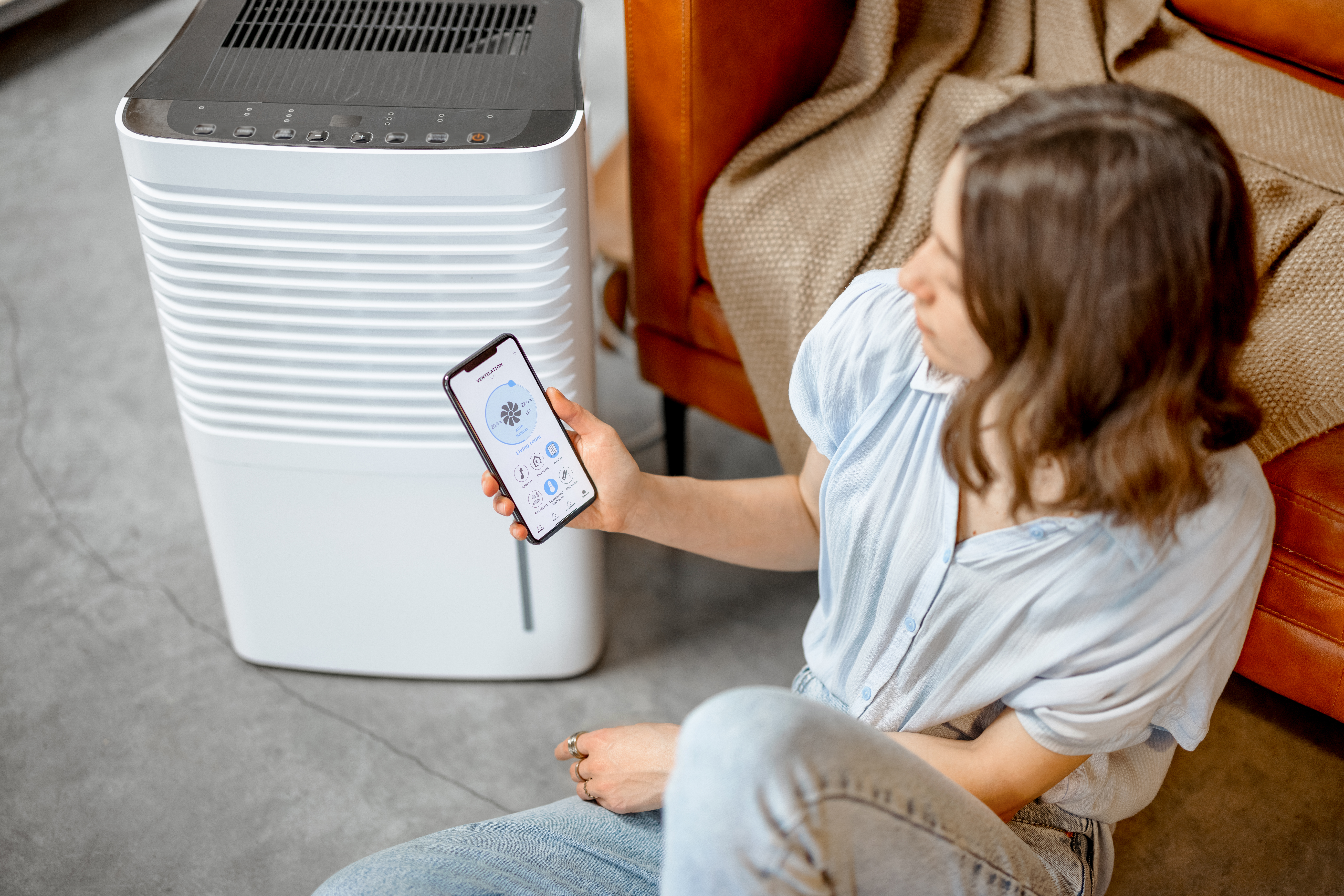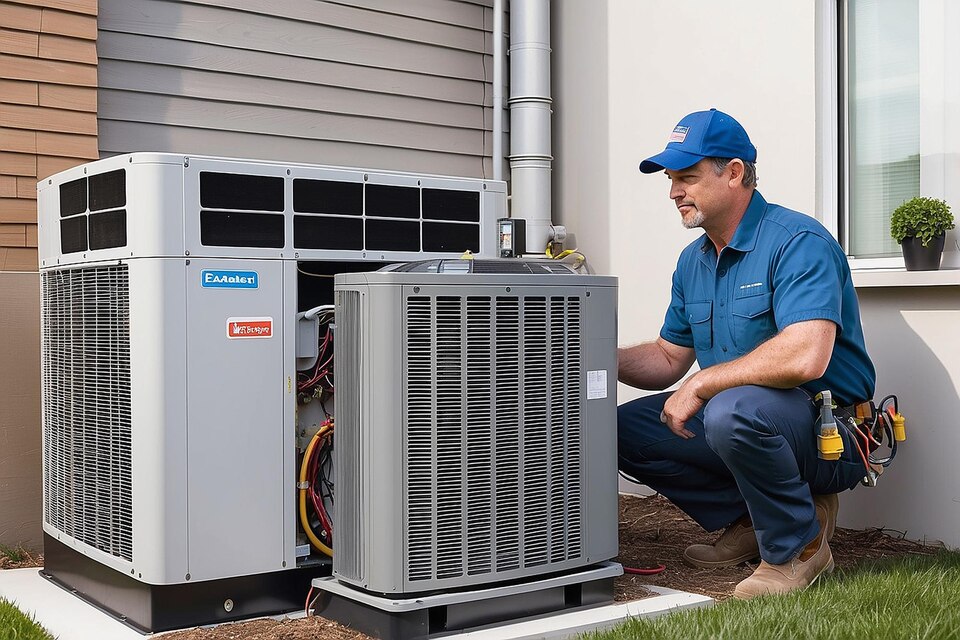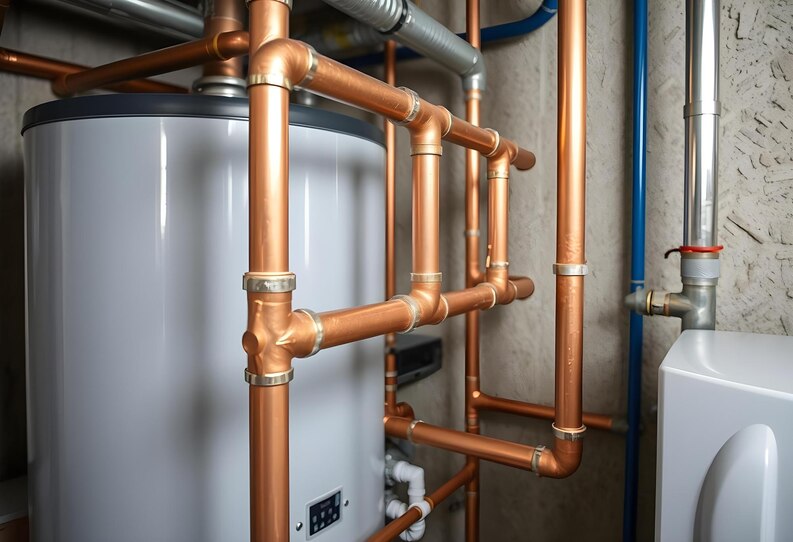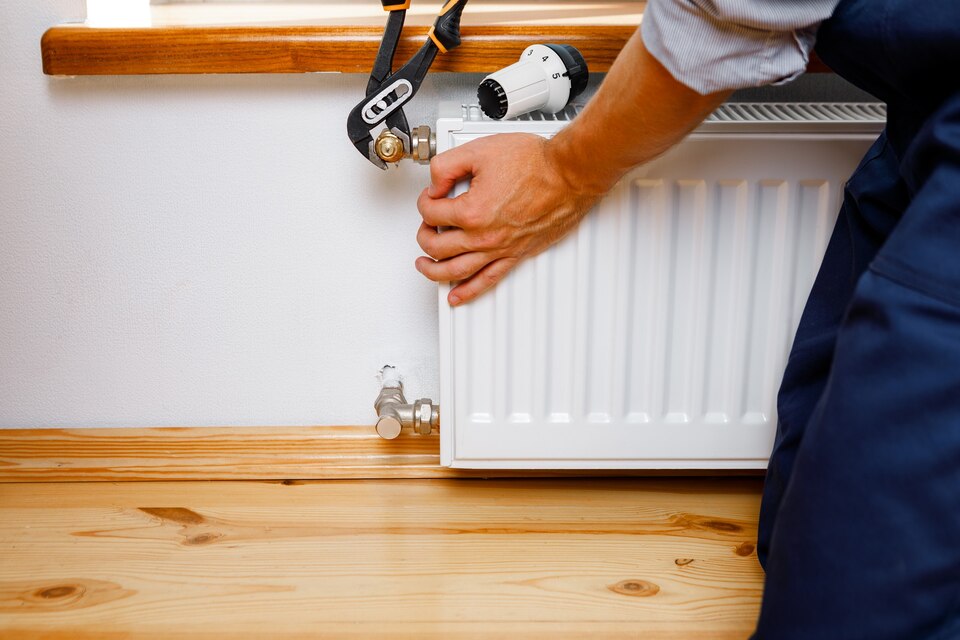Indoor air quality plays a significant role in maintaining a comfortable, healthy living environment. As concerns over pollutants and allergens in the air increase, many homeowners are turning to air purifiers to cleanse their home’s atmosphere. If you are considering investing in an air purifier or simply want to understand its functions and benefits better, this comprehensive guide will take you through the fundamental principles behind air purifiers and how they contribute to cleaner air.
In the following sections, we will delve into the various technologies used in air purifiers, their effectiveness in removing pollutants, and the factors to consider when selecting the right air purifier for your home. With our expertise at Lavender AC & Heating to guide you, you’ll be well-equipped to make an informed decision that ensures cleaner, healthier air for you and your family.
Types of Air Purification Technologies
Various air purification technologies are used to cleanse the indoor air of particulates, allergens, and pollutants. Understanding the different methods can help you make an informed decision when choosing an air purifier for your home. Below, we discuss the main types of air purification technologies.
Mechanical Filters
Mechanical filters rely on a physical barrier to capture particles as air flows through the filter. One of the most popular and effective options is the high-efficiency particulate air (HEPA) filter, which captures at least 99.97% of particles larger than 0.3 microns. HEPA filters are highly effective in trapping dust, pollen, pet dander, and mold spores.
Other mechanical filters, such as disposable fiberglass or pleated filters, are less efficient at filtering particulates but can still improve air quality.
Electronic Air Cleaners
Electronic air cleaners use charged particles to remove contaminants from the air. Elect electrostatic precipitators and ionizers are two main types of electronic air cleaners.
- Electrostatic Precipitators: These devices apply an electrical charge to particles in the air, causing them to accumulate on oppositely charged plates. The plates need to be cleaned occasionally to maintain efficiency. Electrostatic precipitators can effectively capture a wide range of particles, including ultrafine particles.
- Ionizers: Also known as ionic air purifiers, ionizers release negatively charged ions that attach to airborne particles, causing them to settle onto surfaces or, in some cases, be caught by an oppositely charged collector plate. Ionizers can effectively remove particles from the air but may produce trace amounts of ozone as a byproduct.
Activated Carbon Filters
Activated carbon filters use adsorption to remove volatile organic compounds (VOCs), odors, and gases from the air. These filters are made from highly porous carbon material, which binds molecules of pollutants to its surface. Activated carbon filters are handy for households with smokers or those near sources of outdoor air pollution.
While effective in removing gaseous pollutants, activated carbon filters are not effective at trapping particulate matter. They are often incorporated into air purifiers alongside other technologies, such as mechanical filters or electronic air cleaners, for comprehensive air purification.
Ultraviolet Germicidal Irradiation (UVGI) Systems
UVGI systems utilize ultraviolet (UV) light to inactivate airborne bacteria, viruses, mold spores, and other microorganisms. Exposing these pathogens to UV light damages their DNA, rendering them harmless. UVGI systems are typically integrated into air purifiers as an additional layer of protection against airborne germs. They are particularly beneficial for those with compromised immune systems or concerns about contagious illnesses.
It is important to note that UVGI systems are ineffective in removing particulates or gases from the air. They are best used in combination with other air purification technologies to address a broad range of air quality concerns.
Photocatalytic Oxidation (PCO) Systems
PCO systems are a recent addition to air purifiers, using UV light to activate a catalyst, typically titanium dioxide, that reacts with airborne pollutants and breaks them down into harmless byproducts. PCO systems can help remove VOCs, bacteria, viruses, and mold spores from the air.
While this technology shows promise, current PCO systems may not achieve the same efficiency level as traditional air filtration methods. Additionally, some PCO systems can generate ozone as a byproduct, which is a concern for respiratory health.
Ozone Generators
Ozone generators create ozone by generating a high-voltage electrical current that splits oxygen molecules, forming reactive ozone molecules. These ozone molecules can react with and break down air pollutants, neutralize odors, and kill microorganisms.
However, the use of ozone generators is highly controversial due to potential health risks and the Environmental Protection Agency’s (EPA) recommendation against their use in residential settings. Ozone generation can exacerbate respiratory issues and cause other health problems.
When choosing an air purifier, it is essential to consider your specific needs and the various technologies available. Some air purifiers use a combination of these technologies to provide comprehensive air purification. Factors like room size, air quality concerns, and maintenance requirements should be considered when selecting the right air purifier for your home.
Trust Lavender AC & Heating For Expert Air Purification Solutions
Understanding the various air purification technologies is key to selecting the best air purifier to address your unique needs. With options ranging from mechanical filters and electronic air cleaners to activated carbon filters, UVGI systems, and more, finding the right combination of technologies is crucial for achieving cleaner and healthier indoor air. We at Lavender AC & Heating, a trusted air conditioning and heating service provider, are dedicated to helping you navigate these choices and make the right decision for your home.
Don’t compromise on your family’s comfort and well-being. Reach out to Lavender AC & Heating today to schedule a consultation with our expert team. Let us be your partner in creating a cleaner, healthier, and more comfortable living environment for you and your loved ones.
